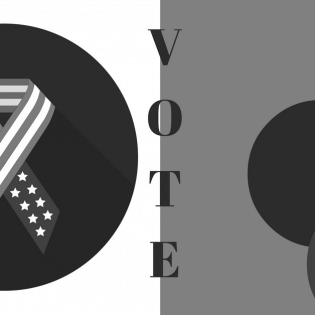One of the fundamental purposes for education is to prepare youth for responsible citizenship. This includes caring for others and the common good, understanding how government and voting work, following current events, listening to diverse points of view and having civil conversations, and advocating for a cause. This toolkit includes background information and project ideas related to civic participation.
Filter by subjects:
Filter by grades:
Filter by audience:
Filter by issue area:
Filter by content type:
Filter by resource type:
resource search
The learners analyze examples from history of civic virtue and then select the characteristics they believe are most important for enduring citizen engagement.
Students explore the components of the Preamble of the U.S. Constitution and apply them to their own lives, with a particular emphasis on philanthropy. This lesson is designed for Citizenship/Constitution Day (September 17) and connects students to the community-building focus of the...
Students define and give examples of government philanthropy. They compare and contrast the four economic sectors. Small groups research a historical example of government philanthropy or civic action and write a persuasive piece to advocate for an issue related to government philanthropy.
Students learn how the Constitution relates to rules and community roles. This lesson is designed for Citizenship/Constitution Day (September 17) and connects students to improving their community for the good of all.
Young people view the language of citizenship and philanthropy in the Constitution. They define philanthropy and identify philanthropic activities within the home, school, community, state, and nation, This includes voting.
Students identify key events in U.S. history and the magnitude of the Constitution in context, with a particular emphasis on philanthropy. This lesson is designed for Citizenship/Constitution Day (September 17) and connects students to the historical significance of the...
Video Clip and Discussion Guide: The government cannot and will not take care of all of society's needs. In all countries, there is a balance of what needs are addressed by government, by business, and by philanthropy (or the nonprofit sector). In the U.S. where the government is relatively small and limited, the nonprofit sector addresses many needs where there are gaps between government and business. Because of the good philanthropy does for all, there are tax benefits for nonprofits and for people who donate to philanthropy.
Each fall classrooms across the country teach about the Constitution on Constitution Day. This unit includes one-session Constitution Day lesson plans for K-2, 3-5, 6-8, and 9-12.
